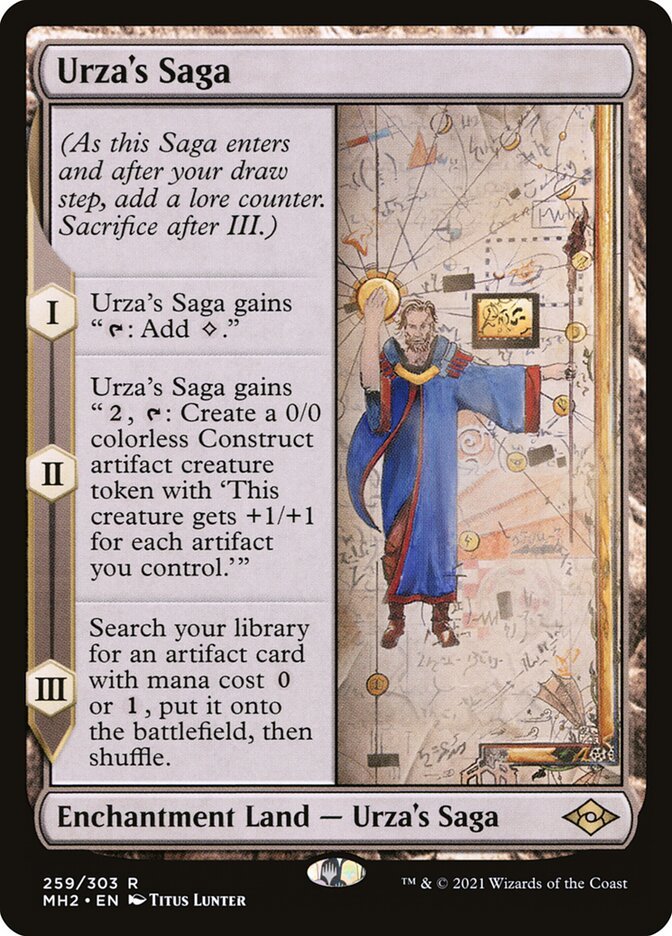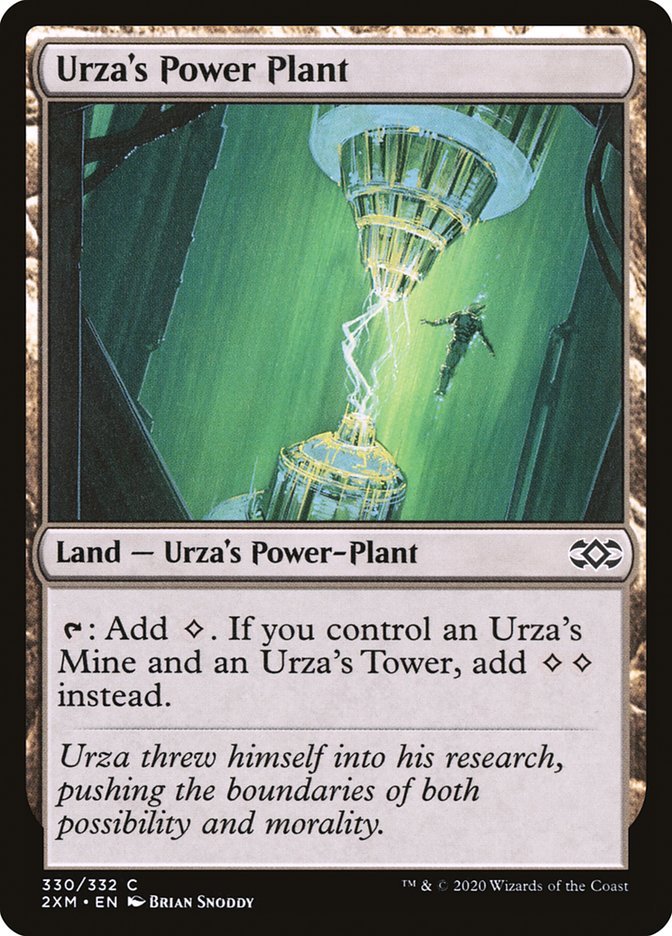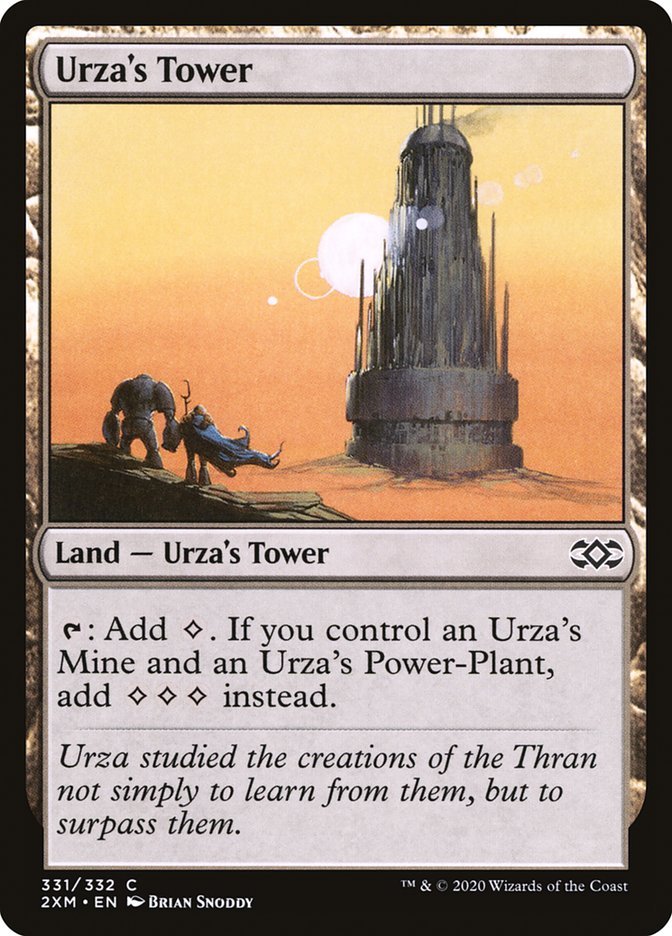Ok, here's a drawing of how I see the Osmosis Reactor v2.2.
This could also be interpreted as the #Ziggy ERM (Exchange Rate Multiprocessor), as you can substitute out assets.
Please take note of the colored functions: they represent Key components of the Reactor.
This could also be interpreted as the #Ziggy ERM (Exchange Rate Multiprocessor), as you can substitute out assets.
Please take note of the colored functions: they represent Key components of the Reactor.
https://twitter.com/0xCenturion/status/1660122434736111618

<< Breakdown of Graph >>
The top half represents "endogenous" money cycles. This is generally true across all of the cryptomarkets right now, and is an abstraction of protocol efficiency as protocol design.
The major components are convex bonds, spinal support, and refraction.
The top half represents "endogenous" money cycles. This is generally true across all of the cryptomarkets right now, and is an abstraction of protocol efficiency as protocol design.
The major components are convex bonds, spinal support, and refraction.

Convex bonds are a type of entropic capital system. A user locks money into illiquid money supply as-reserve and is open to be mined by virtue of the network. They may concentrate (strengthen) their bond by proxy-locking qua VProxy stAssets, which creates credit markets. 

This path is first defined as Money Markets > Emission(CRV) > Bond(CRV) > Deposit(cvxCRV) > Emission(Transformer.PRISM).
It is important to note that this money flow is inherently faster than standard bonding. This is more or less standard float: bond CRV and juggle the cvxCRV.
It is important to note that this money flow is inherently faster than standard bonding. This is more or less standard float: bond CRV and juggle the cvxCRV.

cvxCRV juggling is passed through a prismatic transformer. Through this transformer, the initial capital is recycled, inclusive of value decay. It can also be converted to stAsset VProxy at a lesser or greater rate than vlCVX bonding based on convexity performance. 

stAsset VProxy is normally created through vlCVX bonding. These assets act as vote-proxies for asset convex-curves, which is a fancy way of saying it's a liquidity efficiency controller. In cryptomarkets, we generally refer to these as bribe markets, which are done pro-rata. 

Bribe markets incentivize convex bonds on their own protocols by emitting a subsidiary asset of a Credit Market. The most popular one at this time is Lido, but includes Stride, Redacted Cartel, Marinade, Quicksilver, and many more. The convexity performance is implicitly a grade. 

To clarify, convexity performance is like Moody's Bond Ratings, except the bond's grading is based purely on convexity over time using some baseline metric (such as ether, bitcoin, or regional fiat). If cvxCRV/ETH > cvxCRV/USD, its convexity performance has higher grades. 

The simple way of thinking of it is like saying that if Bond A pays out more than Bond B over equivalent time, it is statistically better, though not qualitatively better. Time is used as an equivalence metric to flag new coins that emit excessive tokens to manipulate FE display. 

The middle portion of the graph shows a rotating money flow into 4pool. This is a direct ramp from USDT as a single-side deposit into the pool, meaning USDT is immediately swapped to USDC, FRAX, and USTC, all of which are fractionally backed by real-reserves. 

This is an example of a prismatic transformer. USDT is refracted via Osmosis into 4pool assets at equivalent value using Balancer Weighted Pool logistics. As the values of the volatile-type algo-stables change, a user can exercise a multi-call option on the LP token. 

To clarify, a deposit into 679 is represented as a token GAMM#679(float shares). The user's shares value changes as price changes - ergo, a multi-call option. If USTC is $0.02 when deposited, but increases to $0.04, the user can withdraw more USDC, USDT, and FRAX. 

Alternatively, if USTC is $1.00 and drops to $0.02, then the user can withdraw more USTC, as USDC, USDT, and FRAX were sold as a capital-efficient trade. In either case, the withdraw is not single-sided, and so is considered an irregular 4-out. 

The logic flow on withdrawal ideally follows a mixture of spot-holding to pay carrying costs and conversion of rehypothecated debt over time:
- USDC > USDT : convert immediately (0t)
- FRAX > FXS : convert with delay 1 (1t)
- USTC > LUNC : convert with delay 2 (2t)
- USDC > USDT : convert immediately (0t)
- FRAX > FXS : convert with delay 1 (1t)
- USTC > LUNC : convert with delay 2 (2t)

Notice how carrying costs are delayed step-wise. In Bitcoin protocol buffers, this method means that it can be staggered by-block:
- Block 0: Convert USDC > USDT, Single Deposit In: 4pool
- Block 1: hold 1 block, Convert FRAX > FXS
- Block 2: hold 2 blocks, Convert USTC > LUNC
- Block 0: Convert USDC > USDT, Single Deposit In: 4pool
- Block 1: hold 1 block, Convert FRAX > FXS
- Block 2: hold 2 blocks, Convert USTC > LUNC

The carrying cost delay schema extends to form 2^n with an upper limit of n = 1. It is extendable by using FXS and LUNC transformers, which more or less fulfill the same purpose. In this diagram, FXS and LUNC are both converted via transformer. 

Each transformer uses PRISM and BACKBONE. PRISM's function is to refract the money across a large spectrum using flat, unbiased methodology, meaning each pool or market gets a linearly equal amount. For example, $100 refracted in PRISM across 100 pools results in $1/pool. 

The BACKBONE function of the transformer uses a sequenced methodology with bias and non-bias. The BACKBONE function batch swaps assets over a biased delay `(i*t)` or an unbiased delay `(c*t)`, which defines how much carrying costs are paid over time, letting protocols choose. 

A brief example is to consider a carrying cost K over time t. After rehypothecated asset USDC is converted back into USDT > 4 pool route, the FXS/LUNC markets decide how to stagger carrying costs - algorithmically or through vote. This affects functional rate of rehypothecation. 

Finally, the bottom portion displays the core functionality that is being achieved by the Osmosis Reactor. The Nabla operator signifies the Reactors ability to provide lift for all markets above it. The triangle can be thought of as a fulcrum for the stable assets. 

Stable assets are thought of as a current-like Vector.N(velocity, endpoint). The ability to retain a stable value, in this case, 1.0000, signifies the wave current. Gravity (simple magnetism) pulls the stable values down in perpetuity based on a variety of factors. 

In this instance:
- USDC ~1 (but <1)
- USDT >1
- FRAX ~1 (sometimes <1, sometimes >1)
- USTC <1
This current changes in real-time. A stable wave is not necessarily linear, simply harmonious, especially in terms of oscillation. Waves on this chart are not necessarily dissonant.
- USDC ~1 (but <1)
- USDT >1
- FRAX ~1 (sometimes <1, sometimes >1)
- USTC <1
This current changes in real-time. A stable wave is not necessarily linear, simply harmonious, especially in terms of oscillation. Waves on this chart are not necessarily dissonant.

The Osmosis Reactor's ability to facilitate a harmonious and rhythmic oscillation of money flow, while compressing amplitude, with room for dissonance, allows a stable currency to be achieved, no matter if it's a fiat, a credit dual-token (stAsset), or CDP (DAI/RAI). 

Realized I made a mistake on the TRANSFORMER.BACKBONE on the right hand side, it should read BATCH SWAP (80%) - here's the update 

@threadreaderapp unroll
• • •
Missing some Tweet in this thread? You can try to
force a refresh

 Read on Twitter
Read on Twitter













